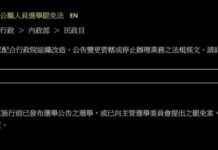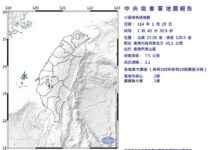Decoding McKinsey Structured Strategic Thinking: Using SCP+I Narrative Framework to Tell Stories Better
Structured strategic thinking is a crucial skill in today’s rapidly changing business landscape. With the rise of new technologies like artificial intelligence, professionals face increasing pressure to adapt and learn constantly. In this environment, mastering structured strategic thinking becomes essential for navigating uncertainties and reducing stress.
The MECE analysis method, which stands for Mutually Exclusive, Collectively Exhaustive, is a key principle in structured strategic thinking. It involves breaking down complex problems into clear solution paths. This method requires subcategories to be independent of each other and cover all aspects without any omissions. By applying this method, individuals can analyze problems step by step, from a macro to micro level, even in unfamiliar fields, and find innovative and efficient solutions.
When it comes to data-driven thinking, the core of structured strategic thinking lies in data-based analysis and logical deduction. It deepens people’s understanding of the world and creates significant business value. However, caution is necessary when using data. While data itself is objective, the process of its generation, selection, and interpretation may be subject to human intervention. Therefore, maintaining a critical mindset when dealing with data is crucial to discern its authenticity and applicability.
There are various ways in which data can be misleading, from outright falsification to selective presentation of data, and even concept swapping. To avoid being misled, it is essential to:
– Verify unverified data
– Validate the authenticity of data actively
– Analyze the completeness and representativeness of data
– Understand the specific meaning and scope of data
– Consider industry background and relevant factors
In business analysis, it is important to distinguish between revenue and profit, consider industry growth rates, and differentiate between core and non-core business operations. Ultimately, the goal of structured strategic thinking is to extract insights from data and transform them into actionable solutions. The ability to find patterns in data, analyze outliers, make comparisons, integrate relevant information, and distill insights is crucial.
The book “Decoding McKinsey Structured Strategic Thinking” provides nearly 67 illustrations to help readers understand and apply structured strategic thinking in a visual and intuitive manner. These illustrations make complex concepts tangible, making the thinking process clearer and easier to learn.
The book’s features include:
– McKinsey’s emphasis on developing consultants’ learning and problem-solving abilities through structured thinking
– A comprehensive breakdown of McKinsey’s structured strategic thinking methodology in an easy-to-understand format
– Zero threshold design to break down professional barriers, enabling beginners to easily grasp and apply the concepts
Structured strategic thinking is not only essential for consultants to solve problems but also empowers professionals to break free from the limitations of expertise and experience. By effectively adapting to changing work environments, individuals can enhance their competitive edge and become versatile “slash gods” across various fields.
In conclusion, structured strategic thinking is a valuable skill that helps individuals navigate uncertainties, reduce stress, and find innovative solutions in today’s fast-paced business world. By mastering the MECE analysis method and adopting a data-driven mindset, professionals can extract valuable insights, make informed decisions, and drive success in their endeavors.












